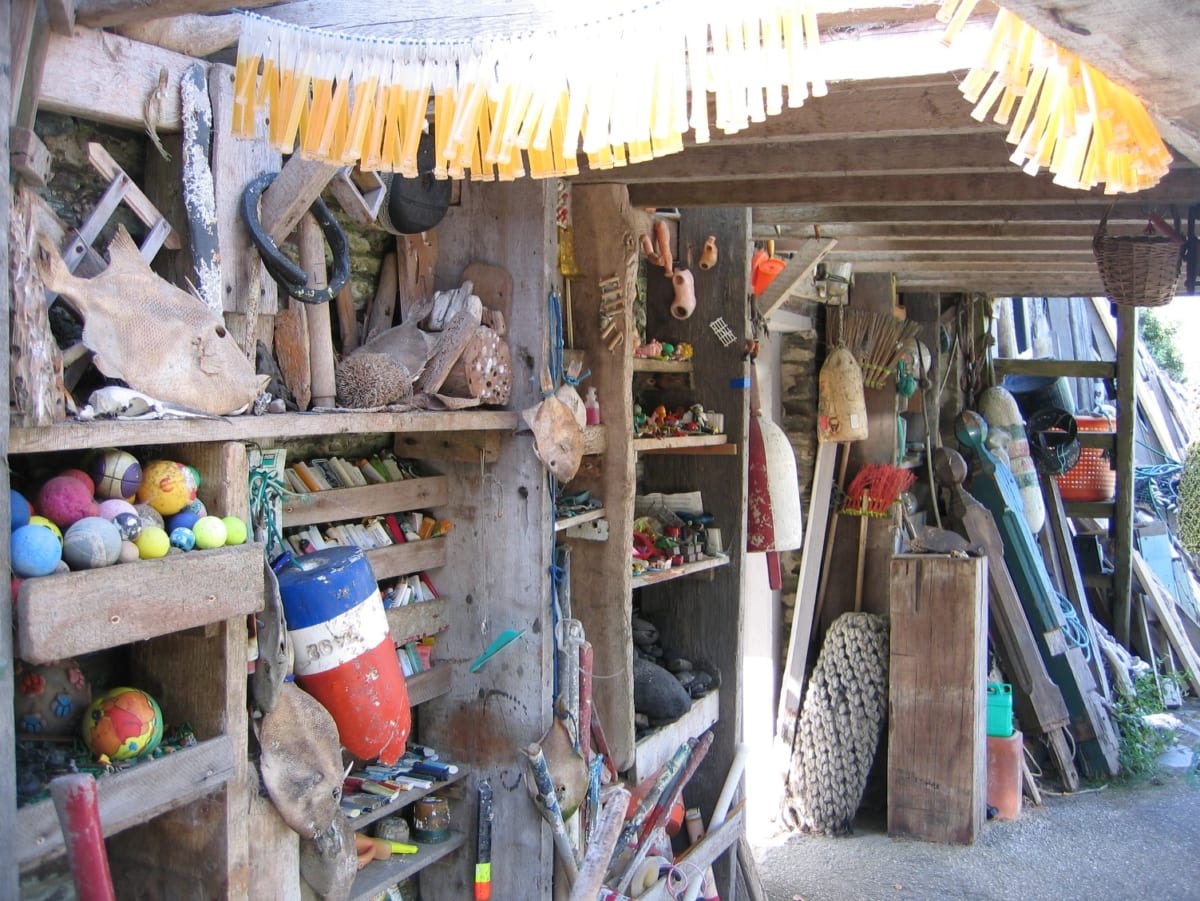Published in Marine Conservation Society Magazine November 2011
I live on a beach so the sea is almost where I live. My bedroom window looks down a long bay on the North coast of Cornwall and in the morning I check out the beach from there before I do anything else. Where ever I am in the house I hear the sea, I’m most aware of this when the waves go flat or the wind blows from the east, then the sea makes no sound so I’m aware of its absence. Likewise when I go to a different coast I realise the particularities of the one I live on. In Suffolk the North Sea is completely different from the Atlantic so it makes me think more about my home.
The sea was mysterious and wild when I was a child. I was born in the 1950’s; my family watched Jacques Cousteau exploring the undersea world. There is so much more known about it now and greater fears for the future of the oceans of the world and the creatures that live in them. All oceans are linked by the global conveyer, the system of warm and cold currents, so we can’t limit the effects of our contamination of the seas and our over exploitation of fish stocks affects the whole food chain. I’m a Strandings Recorder for Cornwall Wildlife Trust and two weeks ago I found a grey seal at the top of the beach, only a few weeks old, weaned by it’s mother but sick and starving. It was taken to the seal sanctuary at Gweek to be fed and eventually returned to the wild, if it survives. Yesterday I found a dead common dolphin on the strandline. It was only a metre long with a broken beak and fin suggesting that it had been caught in a net. I was asked to take it for a post mortem as it was fresh.
My late husband Nick Darke grew up here so when we met he showed me the place and taught me how to fish here, small scale, sustainable fishing, using techniques that have been used for thousands of years. When our children were old enough we took them out with us and so our memories of Nick are all tied up with the sea and using it. His family had always gathered from the shore and so Nick and I carried that on, becoming obsessive beachcombers. I filmed him wrecking for our film The Wrecking Season. He came from a seafaring family and he felt that if you use the sea and the beach you learn the subtleties required to really understand it. He didn’t think it was enough to just look at it.
More people are out and about experiencing wild nature now. Wild places once out of the way are put on websites and mentioned in books and newspaper articles. Hopefully those who go to them can see why they should be preserved but I worry about their lack of knowledge and their numbers. Everything now is seen as an amenity. Jet skis are being taken along this stretch of coast in increasing numbers. Coasteering is something which has taken off, groups of people in wetsuits, hardhats and wetsuit boots jump through vulnerable rock pools. At low tide I still have to turn all the rocks back over again after a father has taken his family through looking for crabs. There are more people wanting food for free to eat round their camp fires. One family can take a large bag of brown crab in an hour, half of which are well undersize. I try to tell people but I feel like a warden sometimes in the summer and I have no authority and people don’t like to be told that they’re doing damage when on their holiday.
My favourite sea place is near here. It used to be unknown except by a few but over the last few years the numbers have grown. I have written about it in my book Held by the Sea but I don’t say how to get there. There are still times of year when I have it to myself. It’s a reef of rocks with a large pool and whatever the weather it’s beautiful and teaming with life.
The sea and the coast is different all the time, the seasons, the states of tide, the height of the waves, the wind direction, when ever I get out it’s different but Nick said that he liked to imagine what the wild places are like when there is no one there at all and I do that to.


